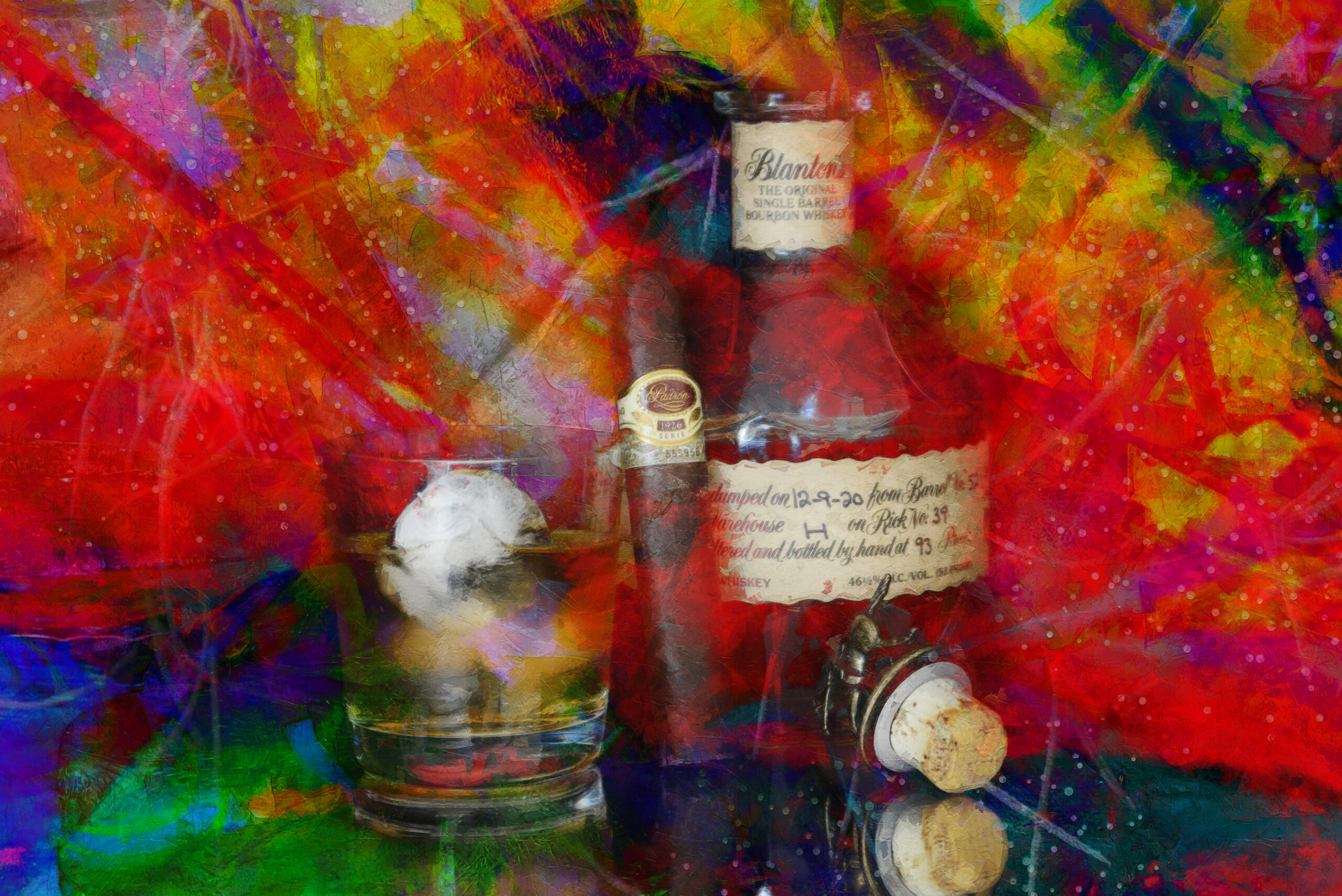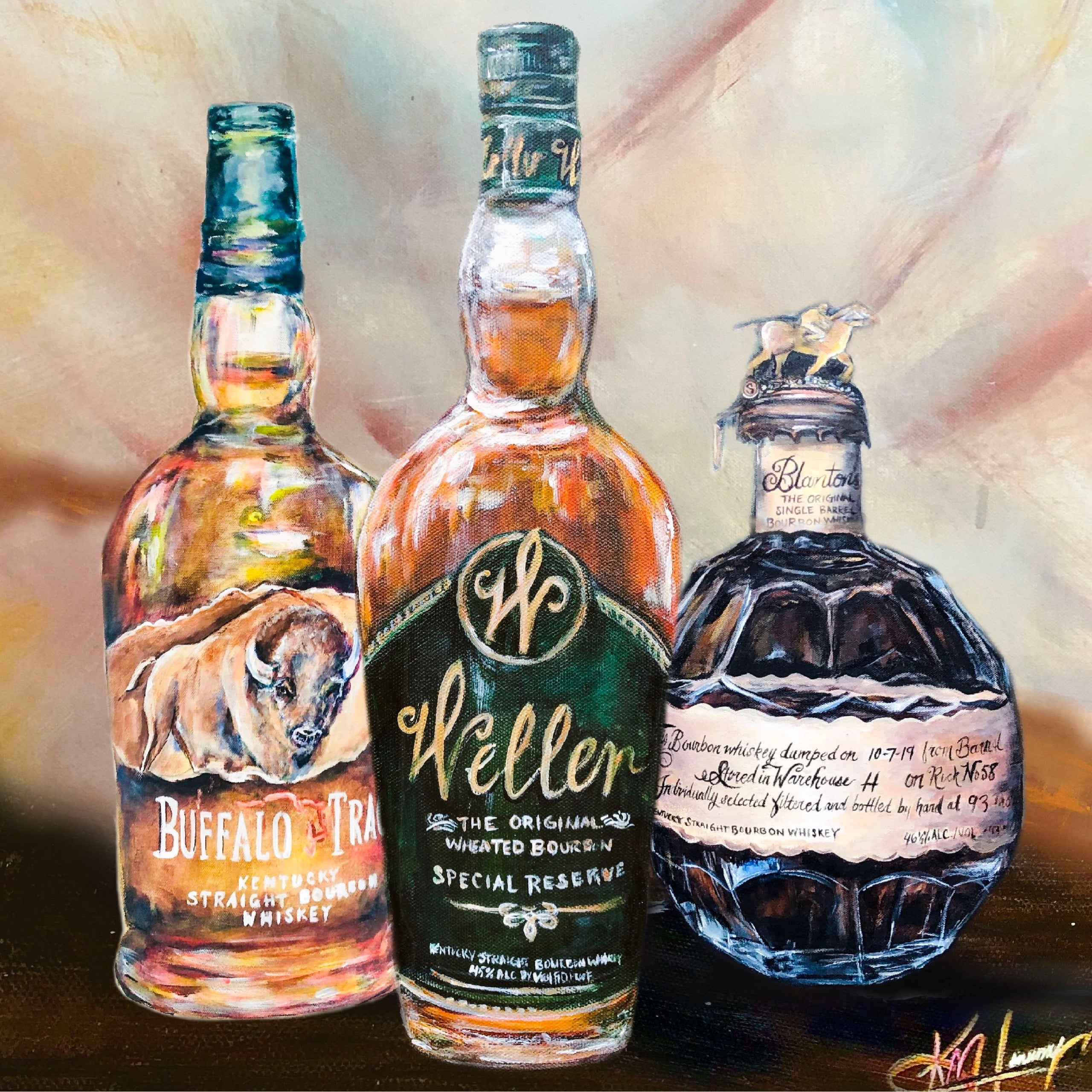The Value of Whiskey Art in Celebrating Heritage and Craftsmanship in the Beverage Sector
The elaborate connection between scotch art and the event of heritage and workmanship within the beverage sector can not be overemphasized. Via thoughtfully created labels and bottles, whiskey brand names encapsulate their historical roots and the artisanal abilities that define their production techniques. This creative dimension not just boosts market appeal however additionally functions as a channel for social storytelling, cultivating a deeper connection between the craft and the consumer. As we check out the different aspects of this topic, appealing inquiries regarding the influence of modern-day fads on standard methods emerge, prompting more exam.
The Historical Roots of Whiskey
At the heart of whiskey's appeal exists an abundant tapestry of historic origins that map back to old civilizations. The beginnings of whiskey can be connected to the distillation techniques of the Sumerians and Babylonians around 2000 BCE, where very early forms of fermented grain beverages started to arise. It was in the Center Ages that the art of distillation progressed substantially, especially in Ireland and Scotland, leading to the creation of whiskey as we know it today.
The term "scotch" itself originates from the Gaelic word "uisce beatha," implying "water of life." This expression highlights the social value of bourbon in Celtic societies, where it was typically related to routines, events, and communal bonding. By the 15th century, purification became a recognized craft within monastic communities, leading the way for the establishment of lawful distilleries.
As profession routes increased, bourbon's appeal grew, going beyond regional boundaries and catching the interest of aficionados worldwide. Realism Art. This historical journey mirrors not only the workmanship behind whiskey manufacturing but also its integral role in social and social contexts, marking it as a significant drink throughout background
Artistic Expression in Branding
Bourbon branding stands as a compelling crossway of virtuosity and commerce, where aesthetic identity plays a crucial function fit consumer understanding. The looks of bourbon tags, packaging, and marketing materials show not only the brand name's story but likewise its core values and heritage. Through imaginative expression, distilleries convey a story that reverberates with consumers, stimulating feelings and stimulating connections.
The use of color, typography, and imagery in branding offers to distinguish items in a saturated market. For instance, typical themes may stimulate a sense of authenticity and workmanship, while modern-day layouts can symbolize innovation and forward-thinking. This strategic artistic instructions enhances brand recognition and loyalty, allowing customers to forge an individual relationship with the bourbon they pick.
In addition, creative expression in branding frequently offers as a party of local heritage. Distilleries often incorporate neighborhood icons or historical referrals into their layouts, creating a feeling of place that welcomes consumers to participate in a broader cultural experience. Eventually, the artistry behind whiskey branding not only enhances aesthetic allure but likewise enriches the general narrative of the brand, promoting a deeper admiration for the workmanship and heritage embedded in each container.
Craftsmanship in Bottle Style
The virtuosity apparent in scotch branding extends past visual identity to incorporate the craftsmanship associated with container design. Each bottle offers as a vessel not simply for the spirit within, however additionally for the tale it tells concerning its beginning, custom, and top quality. The layout process requires precise focus to detail, as aspects such as closure, product, and shape add significantly to the overall perception of the whiskey.
Workmanship in bottle style entails choosing top notch glass that can boost the bourbon's shade and clarity, while likewise supplying a tactile experience for the customer. The silhouette of the container must be both functional and cosmetically attractive, usually reflecting the heritage of the brand name. Many distilleries decide for unique shapes or printed logos that evoke a sense of credibility and history.
Furthermore, the tag layout and typography play a critical role in interacting the brand's story. Bourbon Art. A well-crafted bottle not only astounds the consumer's eye but likewise reinforces the brand name's dedication to high quality and custom. This way, the workmanship of container layout comes to be an essential aspect of the whiskey experience, check merging virtuosity with have a peek at these guys an extensive regard for heritage
Social Value of Whiskey Art
Commemorating practice and workmanship, the cultural significance of bourbon art transcends mere appearances, intertwining with the historic and social narratives of the areas from which it stems. Each bottle acts as a canvas, illustrating the special tales, folklore, and customs that have actually shaped local whiskey-making techniques. The complex styles frequently reflect the heritage of the distillers, including icons and concepts that resonate with the culture and worths of their neighborhoods.

Furthermore, bourbon art plays an essential function in public events and celebrations, functioning as a tangible web link in between individuals and their shared experiences. By valuing the artistry in scotch packaging, customers cultivate a deeper understanding and respect for the craft, ultimately improving their satisfaction of the drink itself.
Modern Trends in Scotch Discussion
Recently, the presentation of whiskey has actually developed to mirror contemporary preferences and fads while still recognizing conventional craftsmanship - Realism Art. Distilleries are progressively focusing on aesthetic elements that boost the total alcohol consumption experience, connecting the space between heritage and modernity
Cutting-edge bottle layouts have emerged, usually including sustainable materials and creative labels that inform compelling stories. Numerous brand names now collaborate with regional artists, infusing their products with unique visual expressions that reverberate with customers. Furthermore, limited-edition launches are often packaged in collectible containers, adding value and appeal for aficionados.

Final Thought
To conclude, bourbon art acts as a vital avenue for expressing the heritage and craftsmanship inherent in the beverage market. Via detailed branding, innovative container styles, and culturally substantial imaginative components, scotch brands successfully honor their practices and get in touch with customers. This creative narrative not just elevates the appreciation of whiskey yet also enhances area identification and pride amongst producers. Ultimately, whiskey art plays an have a peek at this website important role in preserving and celebrating the rich cultural tapestry of whiskey-making.


Craftsmanship in container layout entails choosing premium glass that can improve the whiskey's color and clearness, while likewise providing a responsive experience for the customer. In this means, the craftsmanship of container layout comes to be an important element of the bourbon experience, combining virtuosity with an extensive regard for heritage.
In conclusion, scotch art serves as a crucial avenue for revealing the heritage and craftsmanship fundamental in the drink industry.